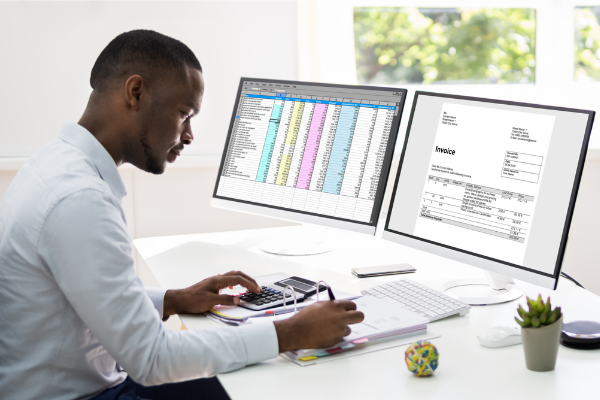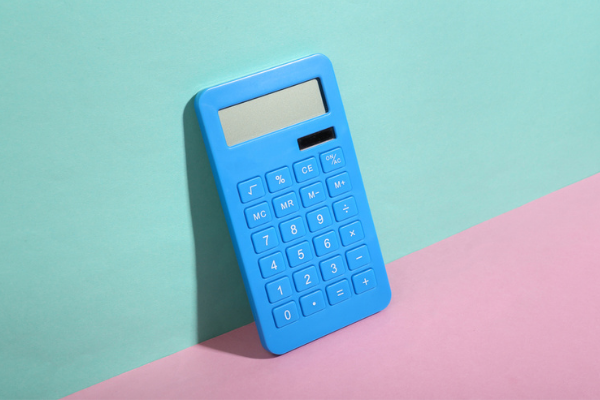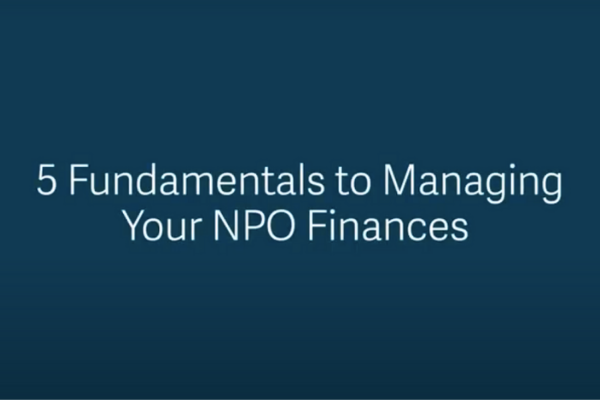Insights
INSIGHTS
All Topics
My Account
Making tax digital for small charities
04 Oct 2022by Joe Lepper
Small charities face a steep learning curve as the government looks to move taxation online
Earlier in 2022, all VAT registered charities had to ensure they were collecting their financial information digitally.
This brought small VAT registered charities and business in line with larger organisations to ensure they are Making Tax Digital (MTD) for VAT compliant.
Compliance with this flagship digital finance policy from the government means small organisations must ensure they are collecting their financial data in ways that can link up digitally with Her Majesty’s Revenue and Customs (HMRC), beginning with the first VAT return of the 2022/23 financial year this summer.
For many this was the first time they have collected their financial data in this way, which mostly involves using compatible financial software.
But the march of MTD will not stop with VAT. The government’s vision is that all tax, including self-assessment income tax and corporation tax, will soon be collected in this way.
Here we outline the measures charities need to put in place to be MTD compliant and some of the further steps they can make as taxation increasingly moves online over the coming years.
What is Making Tax Digital?
MTD was introduced with the aim of making tax administration more efficient and simpler for taxpayers. It works by ensuring taxpayers are using HMRC compatible software where their financial records can be uploaded and paid directly.
The first phase of MTD was introduced in 2019. Currently MTD applies to the submission of VAT returns.
Initially this applied to VAT registered charities and businesses which exceeded the threshold of £85,000.
According to research among the first organisations to be MTD compliant, those signed up were more likely to report that “benefits outweighed costs, increased confidence in getting tax right, reduction in time spent checking submissions and benefits that increase over time”.
From April 2022 MTD applied to all VAT registered charities and impacted small organisations for the first time.
From April 2024 MTD will apply to taxpayers who file income tax self-assessments for business or property income of more than £10,000 a year.
The scheme is then set to be expanded to include corporation tax submissions, according to HMRC, which has produced online guidance offering help and support for MTD.
Using MTD compliant software
For most small charities MTD means signing up to use digital financial tools provided by one of a raft of financial software providers, such as those offered by Quickbooks, Sage, and Xero.
Using excel spreadsheets is another accepted way for small charities to ensure they are compliant with MTD, but bridging software is needed to ensure they can be submitted to HMRC.
Research into the first organisations to sign up to MTD found that those which were less comfortable with the technology “were less likely to use fully compatible software, “which may explain why they were also less likely to experience benefits” from this new way of submitting financial information.
The first step charities need to make is to ensure they are using compliant software. HMRC has published a searchable list of MTD compatible software, including bridging software.
Once signed up these software providers provide a step-by-step guide to linking accounts to HMRC for MTD. For example, Quickbooks has produced a short video guide to this signing up process.
MTD essentially ends the paper collection of financial records. Those still collecting financial information in this way will need to ensure they are embracing digital record keeping.
Digitise paper records
Going paperless is a key benefit of MTD. This is better for the environment and helps charities to keep their records in order and avoid unnecessary clutter in their offices.
Charities, through excel spreadsheets and financial software, can digitise a raft of paper records from invoices to expense receipts.
Many software providers also provide useful analytics to evaluate income and outgoings and highlight areas of the business that are doing well, and in need of extra attention.
Digitising documents can be achieved simply through a scanner using scanning apps such as Adobe Scan or Abbyy FineReader PDF, or by taking a photo using a smartphone.
The process of digitising documents also means charities need to consider cloud-based storage options. These can ensure charities can keep documents securely and can be accessed at any time. Cloud based options are also easier for charities to manage as the storage provider will handle issues such as backing up data and security.
Using optical character recognition
Another useful way of converting paper records into a digital image is to use optical character recognition (OCR) software. This converts a scanned image into a standard format, such as an Excel spreadsheet or Word document, which can be more easily exported to cloud-based accounting services.
There is a range of OCR software ranging from free tools such as FreeOCR and commercial products including OmniPage Ultimate.
More on this topic
Related Content
Recommended Products
Our Events
Charity Digital Academy
Our courses aim, in just three hours, to enhance soft skills and hard skills, boost your knowledge of finance and artificial intelligence, and supercharge your digital capabilities. Check out some of the incredible options by clicking here.






















